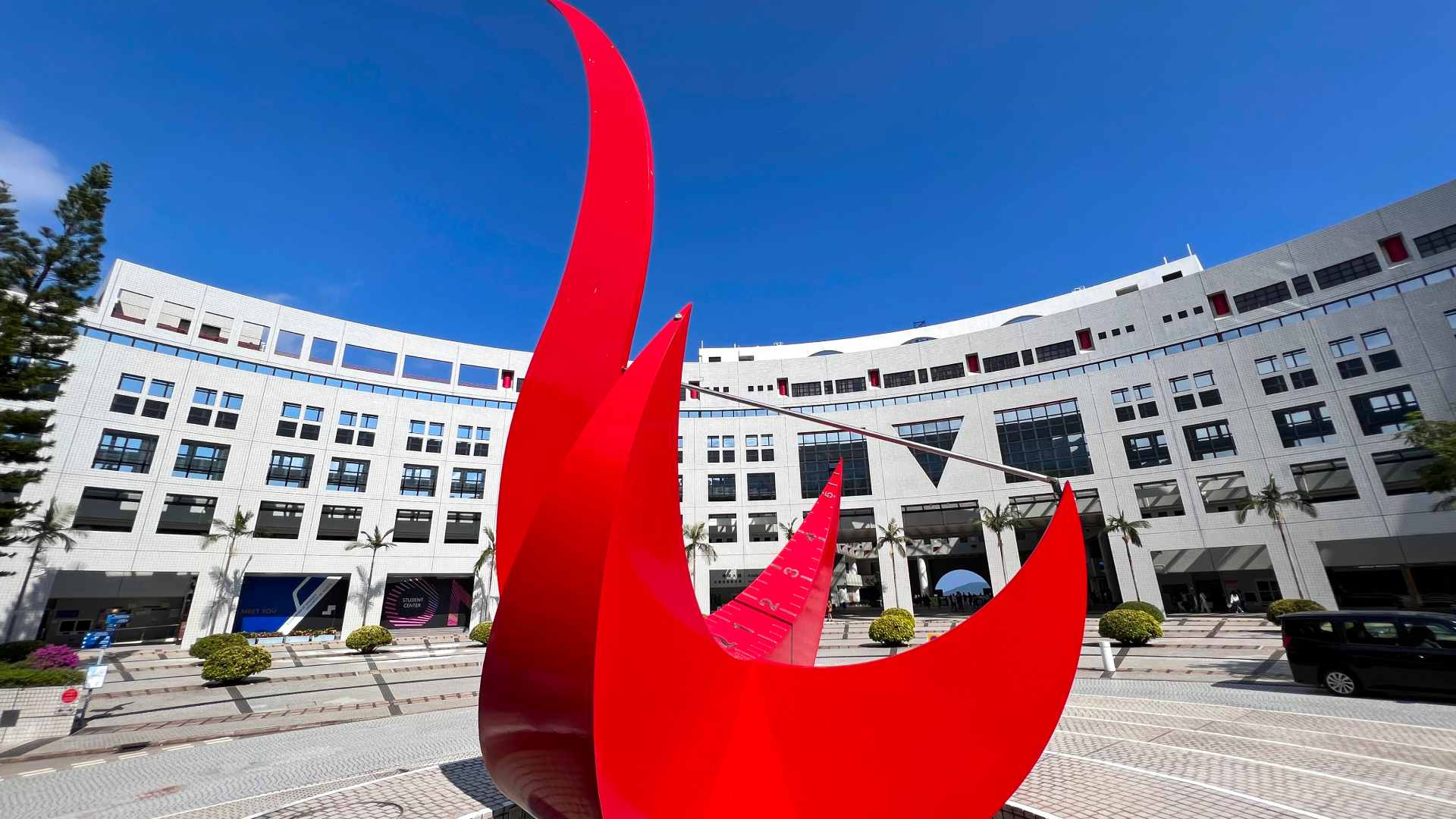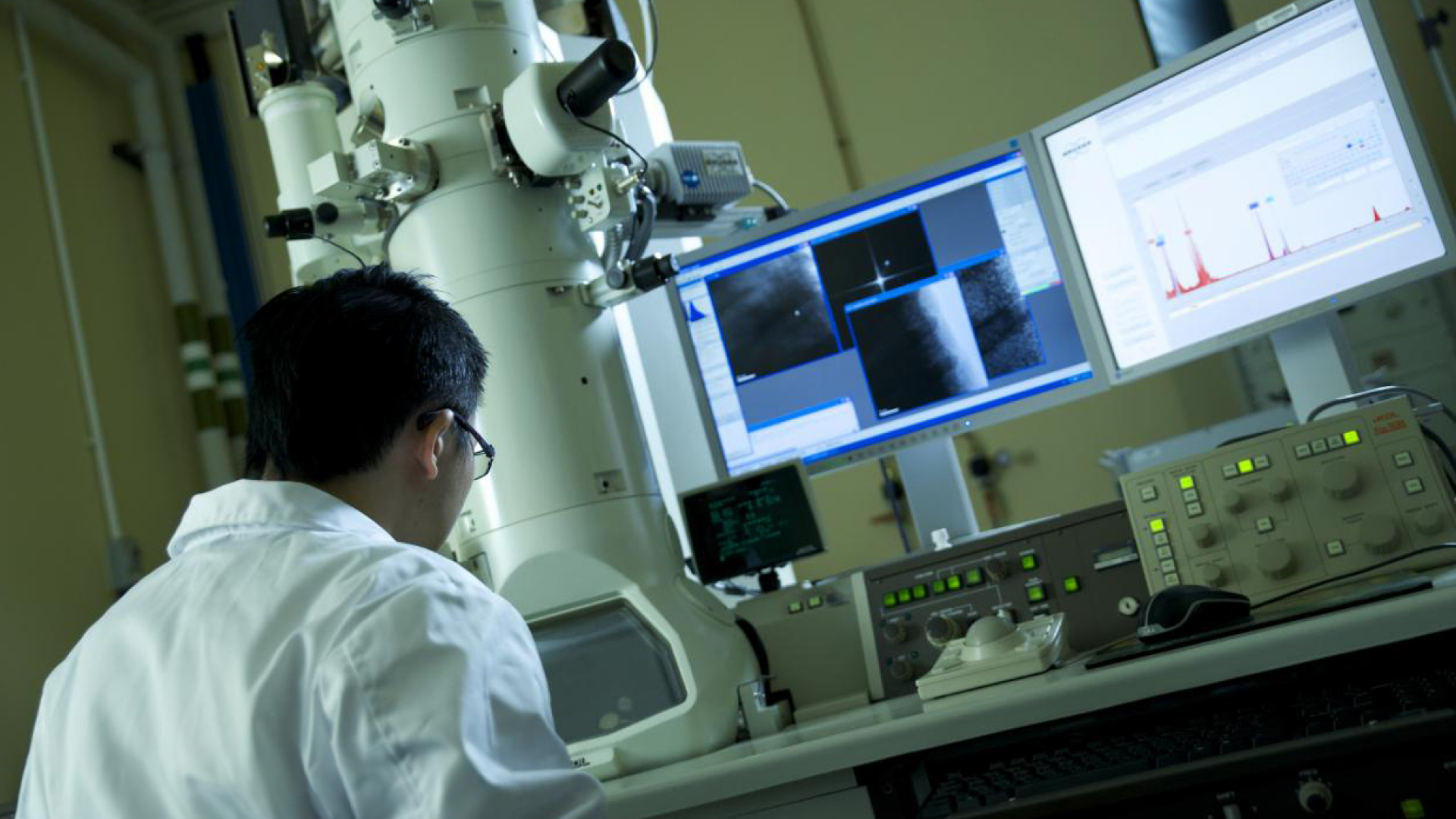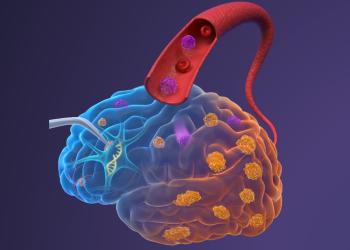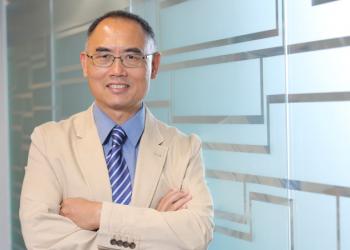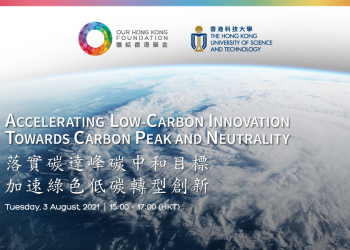News & Stories
Filters
2021

News
HKUST researchers develop a photo-rechargeable lead-free perovskite lithium-ion battery that generates energy and stores battery on a single device
A team of researchers from the Hong Kong University of Science and Technology (HKUST) has developed an inexpensive, lightweight, and non-toxic (lead-free) photo-battery that has dual functions in harvesting solar energy and storing energy on a single device, making it possible to charge a battery under the sun, without having to plug the device into the wall.

News
HKUST Researchers Unveil a Non-classical Nucleation Process That Enhances Ice Formation on Surfaces
Scientists from the Hong Kong University of Science and Technology (HKUST) have recently discovered a non-classical nucleation process that can greatly facilitate ice formation on foreign surfaces. This finding lays the foundation to predict and control crystallization processes.
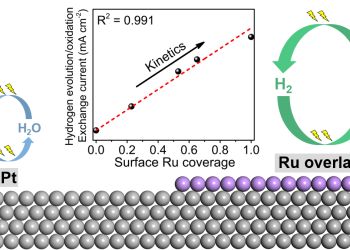
News
HKUST Scientists Discover New Mechanisms of Activity Improvement on Bimetallic Catalysts for Hydrogen Generation and Fuel Cells
A group of researchers at the Hong Kong University of Science and Technology (HKUST) and Xiamen University has revealed new understandings of how surface ruthenium atoms can improve the hydrogen evolution and oxidation activities of platinum. This discovery opens a new venue for rational design of more advanced catalysts for electrolyzer and fuel cell applications.
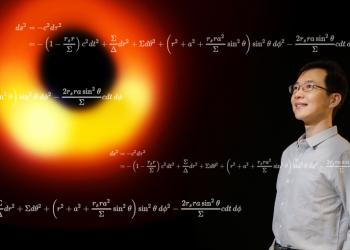
Stories
Expert Series: Into the Darkest Mystery
Sixty years ago, the whole world was gladly amazed when the first human blasted into space; over the years, hundreds of exploration missions have been deployed to extend our knowledge and understanding of the universe. Of all the space mysteries scientists still hope to solve, black holes remain the strangest and most mysterious phenomena we know so little about. After decades of effort, scientists finally reached a major milestone when they came face to face with a black hole by capturing its first-ever image in 2019, and a more detailed one earlier this year. The ground-breaking images show the supermassive black hole at the center of Messier 87, a galaxy about 54 million light-years away from Earth. The black hole's mass is equivalent to 6.5 billion suns.

